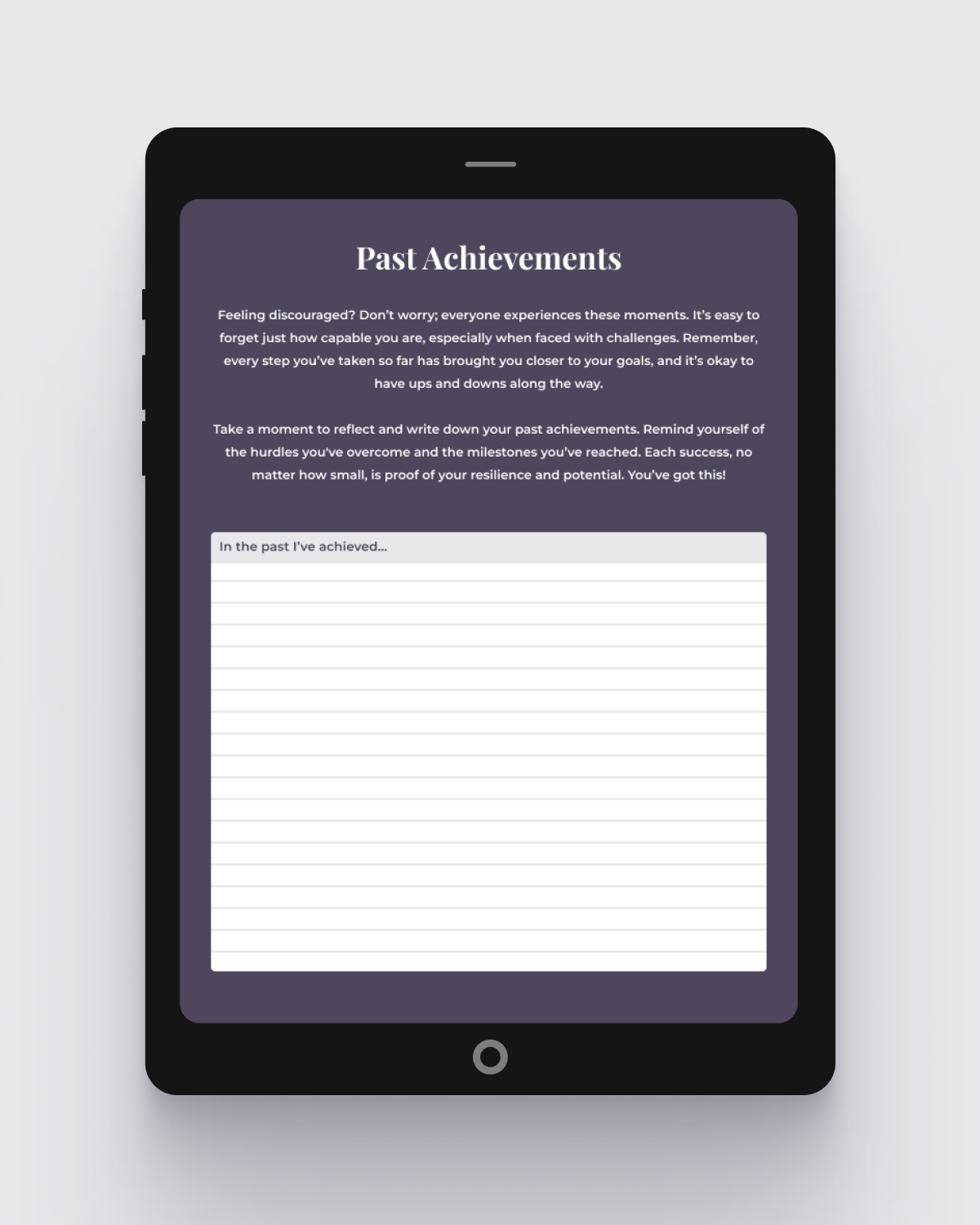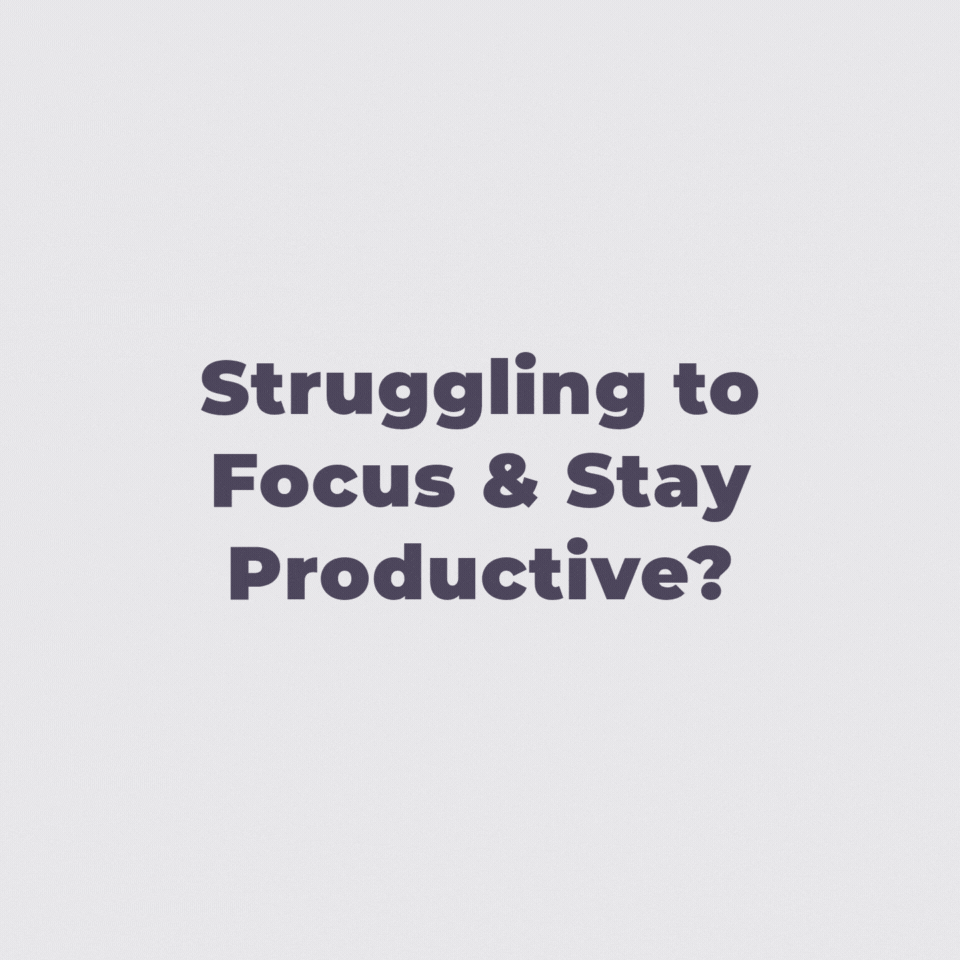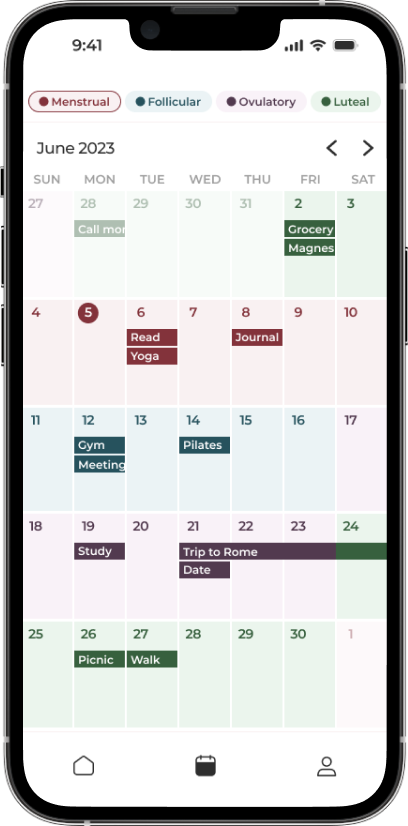Key Takeaways from James Clear’s Masterclass on Habits

James Clear, author of the bestselling book Atomic Habits, dives deep into the mechanics of habit formation in his Masterclass. The principles he teaches are simple yet powerful, offering a roadmap for anyone looking to improve their daily life through small but consistent actions. Here are some of the key takeaways from his Masterclass:
1. Start Small: The Power of 1% Improvement
James Clear emphasizes the importance of gradual improvement. Getting just 1% better every day may seem insignificant, but over time, it compounds to massive change. After a year, you will be 37 times better if you improve by 1% every day. On the flip side, small declines lead to drastic negative outcomes. The key lesson? Focus on incremental growth rather than perfection.
2. Focus on Systems, Not Just Goals
Clear explains the difference between goals and systems. While goals are the outcomes we desire, systems are the processes that lead to those outcomes. If you’re struggling to achieve your goals, it might be time to reevaluate your system. Rather than designing a perfect plan for your best days, design systems that work even on your worst days.
3. Don’t Miss Twice
Life happens, and sometimes we miss a habit. Clear’s golden rule is simple: don’t miss twice. If you miss one day at the gym or skip a habit, get back on track the next day. Missing once is an instance, but missing twice creates a pattern that can lead to a new habit.
4. Identity Shapes Habits, and Habits Shape Identity
One of the most powerful takeaways from Clear’s work is the concept of identity-based habits. If you want to quit smoking, rather than saying, “I’m trying to quit,” say, “I’m not a smoker.” This subtle but significant shift in identity can be the difference between success and failure. The habits you form are aligned with how you see yourself.

Check out the Vision to Action Digital Planner PDF for only 5$
More info5. The Habit Loop: Cue, Craving, Response, Reward
Clear describes the habit loop, which consists of four stages: cue, craving, response, and reward. To change a habit, you need to tweak one of these elements. You can make a habit more obvious, attractive, easy, or satisfying to encourage it. Conversely, you can make a bad habit invisible, unattractive, difficult, or unsatisfying to discourage it.
6. Implementation Intentions: Plan When and Where
One of the most effective strategies to follow through with habits is to create implementation intentions. This involves deciding in advance when and where you will perform a habit. For example, instead of vaguely planning to exercise, you set a specific time and place: “I will go to the gym at 9 AM on Monday, Wednesday, and Friday.” This clarity prevents you from relying on motivation alone and instead turns your habit into a non-negotiable part of your routine.
7. Make It Attractive and Reframe Your Mindset
Clear encourages reprogramming how we see habits. Instead of saying, “I have to go to the gym,” reframe it as, “I get to move my body today.” This shift from obligation to opportunity transforms the way we approach our habits, making them more appealing and rewarding.
Self-Improvement for High Achievers Group on Telegram
Get daily insights, support, and discussions to improve your leadership skills, mindset, work/life balance, time and energy management, as well as overcoming perfectionism, self-doubt, limiting beliefs, and more...
Join group8. The Two-Minute Rule: Start Small, Show Up
Clear’s two-minute rule is a brilliant way to overcome procrastination. The idea is to take any habit you want to form and scale it down to a version that can be done in two minutes. Want to read more? Start by reading a page. Want to work out? Just put on your workout clothes and step outside. The goal is to master the art of showing up. Once the habit is established, you can build on it.
9. Make It Satisfying: Reward Your Progress
We are wired to repeat behaviors that are rewarding. Clear suggests finding ways to make your progress visible, such as using a habit tracker. By giving yourself an immediate sense of accomplishment, you’re more likely to stick to the habit over time.
10. Breaking Bad Habits: Reverse the Process
To break bad habits, Clear advises reversing the habit loop: make the cue invisible, the craving unattractive, the response difficult, and the reward unsatisfying. By removing the triggers and making the habit harder to do, you set yourself up for success.
How a Life Coach Can Help You Build and Maintain Effective Habits
While these principles are powerful on their own, implementing them can feel overwhelming or confusing without guidance. This is where a life coach can offer immense support. A life coach helps tailor these strategies to your unique goals, challenges, and circumstances, ensuring long-term success. Here are a few specific ways a life coach can assist you:
Creating Systems That Fit Your Lifestyle
James Clear stresses the importance of systems over goals, but designing the right system for you can be tricky. A life coach works closely with you to develop personalized systems that align with your daily routine, making it easier to stay consistent even when life gets hectic. They help you focus on actions you can sustain, even on your worst days, and tweak your approach as needed.
Accountability and Support
One of the most common reasons people struggle to stick to habits is the lack of accountability. A life coach provides a layer of accountability that encourages you to follow through on your intentions. They not only check in on your progress but also offer emotional support and encouragement when you miss a habit or face setbacks.
Identity Shifts and Mindset Coaching
Changing how you see yourself, as James Clear suggests, can be challenging without external support. A life coach guides you through this identity shift, helping you to reinforce your new habits with a stronger sense of self. They can also help reframe negative thoughts into positive ones, turning “I have to” into “I get to” and ensuring your mindset aligns with your goals.
Developing Clarity Through Implementation Intentions
Many people fail to implement new habits due to a lack of clarity. A life coach helps you set clear and specific implementation intentions, ensuring you know exactly when, where, and how to act on your habits. This clarity reduces decision fatigue and makes it easier to stay on track without having to rely solely on motivation.
Breaking Bad Habits With a Strategic Approach
Reversing bad habits can feel impossible, especially if you’ve tried and failed multiple times. A life coach helps you deconstruct your bad habits, identifying the cues, cravings, and rewards that keep them alive. They work with you to create strategies for making these habits less attractive and more difficult to execute, helping you to finally break free from unwanted behaviors.
Customizing the Two-Minute Rule for Your Life
The two-minute rule can be transformative, but it requires a clear understanding of how to apply it to your specific habits. A life coach helps you break down large, daunting tasks into manageable two-minute actions. Whether it’s starting a new fitness routine, writing daily, or simply showing up, they help you master the art of taking small but meaningful steps toward your goals.
Working with a life coach ensures that you’re not alone in your habit-building journey. Their expertise and personalized support can make a significant difference, transforming these key takeaways from James Clear’s Masterclass into tangible, life-changing results.
Looking for support in building better habits or breaking bad ones? As a life coach, I’d be happy to help you on your journey. Reach out today for personalized guidance and advice.
Hire me as your life coach
Let's startRecent posts
-
How to Create Your Morning Routine (+ Routines from Wellness Experts)
Read blog -
What Is the Root of Procrastination?
Read blog -
What Are Career Goals? (With Examples)
Read blog -
How To Start Decluttering When Overwhelmed?
Read blog -
10 Use Cases for Notebook LLM for Personal Growth
Read blog -
Can ChatGPT Help Me Find Out What I Really Want in Life?
Read blog

The App Made To Sync Your Lifestyle to Your Menstrual Cycle.
A solution for women who are looking to keep track of what they sync to their cycles, such as fitness, diet, etc. by adding it to a calendar that also predict their phases.
Learn more





Comment